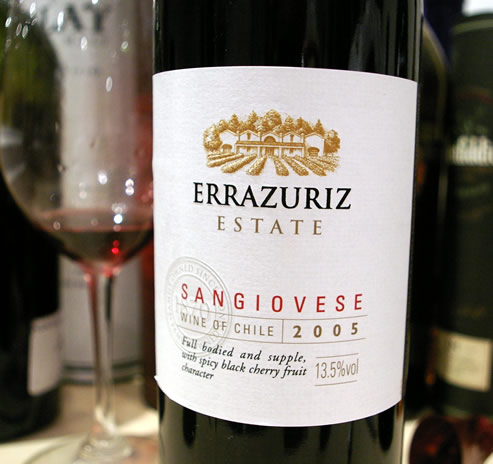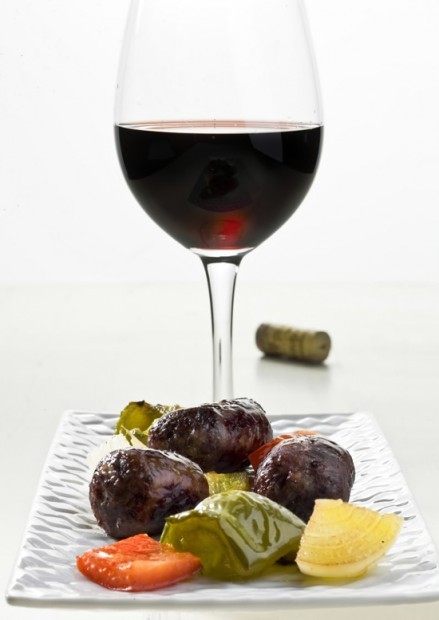

Morellino di Scansano comes from the Tuscan coast and is fruitier, juicier and less tannic than Sangiovese from other regions. Brunello di Montalcino is made exclusively from Sangiovese Grosso and is elegant, complex and long lived. Vino Nobile di Montepulciano, grown on clay soils in a warmer climate, has expressive notes of ethereal, earthy truffle, riper and juicier fruit as well as more alcoholic strength.

Chianti has more refreshing acidity, fruit and marked tannin than other Tuscan wines.

Sangiovese is the basis for Chianti, made and sold in a range of levels from simple reds to complex, aromatic and dense wines. The wines are generally more concentrated, powerful and darker in colour. More modern Sangiovese is harvested very ripe and matured in new French oak barrels. These wines are appreciated for their ethereal scent and lighter colour. To soften the structured tannins, traditional wines mature for up to five years in large, old Slavonian oak barrels. Sangiovese is frequently blended with other varieties to obtain a wider spectrum of flavours and to tame the sometimes-uncompromising tannins and skinny structure. There are many different styles of Sangiovese wines but they all have delicious Morello cherry fruit, a Mediterranean, herbal savouriness, refreshing acidity and generally powerful if somewhat powdery tannins. Cultivated mainly across central Italy, it is the grape behind Tuscany’s finest wines.

Sangiovese grape is also widely grown in the nearby Umbria where it is used in many wines and appellations including the Montefalco Rosso, and it has started to appear outside Italy, from California to Argentina to Australia, due to its adaptability, with mixed results so far.Like Tempranillo in Spain, Sangiovese is Italy’s most widely grown grape variety. Tuscan grown Sangiovese’s flavours vary from dark fruit to, spice, tobacco, leather and characteristics of its wines are marked tannins and high acidity, making it a perfect grape for ageing. The other main clones are the Sangiovese Piccolo (small), used for the Chianti and the third variety, called Morellino, used in the Morellino di Scanzano, made in the southern part of Tuscany. Sangiovese has several clones or varieties, the Sangiovese grosso (big) traditionally used for powerful and slow maturing red wines such as the Brunello di Montalcino, and the Prugnolo Gentile used for the Nobile di Montepulciano belonging to the same family. The grape is found everywhere from north to south, but mainly in Tuscany where it is used in no less than 25 different appellations, whether on its own or as part of a blend, and Emilia Romagna. Sangiovese, Italy's most planted grape variety, is a grape that varies significantly its characteristics depending on the climate and altitude at which it is planted. Sangiovese is a red grape variety with ancient and uncertain origins, and the origin of the name even more uncertain.


 0 kommentar(er)
0 kommentar(er)
